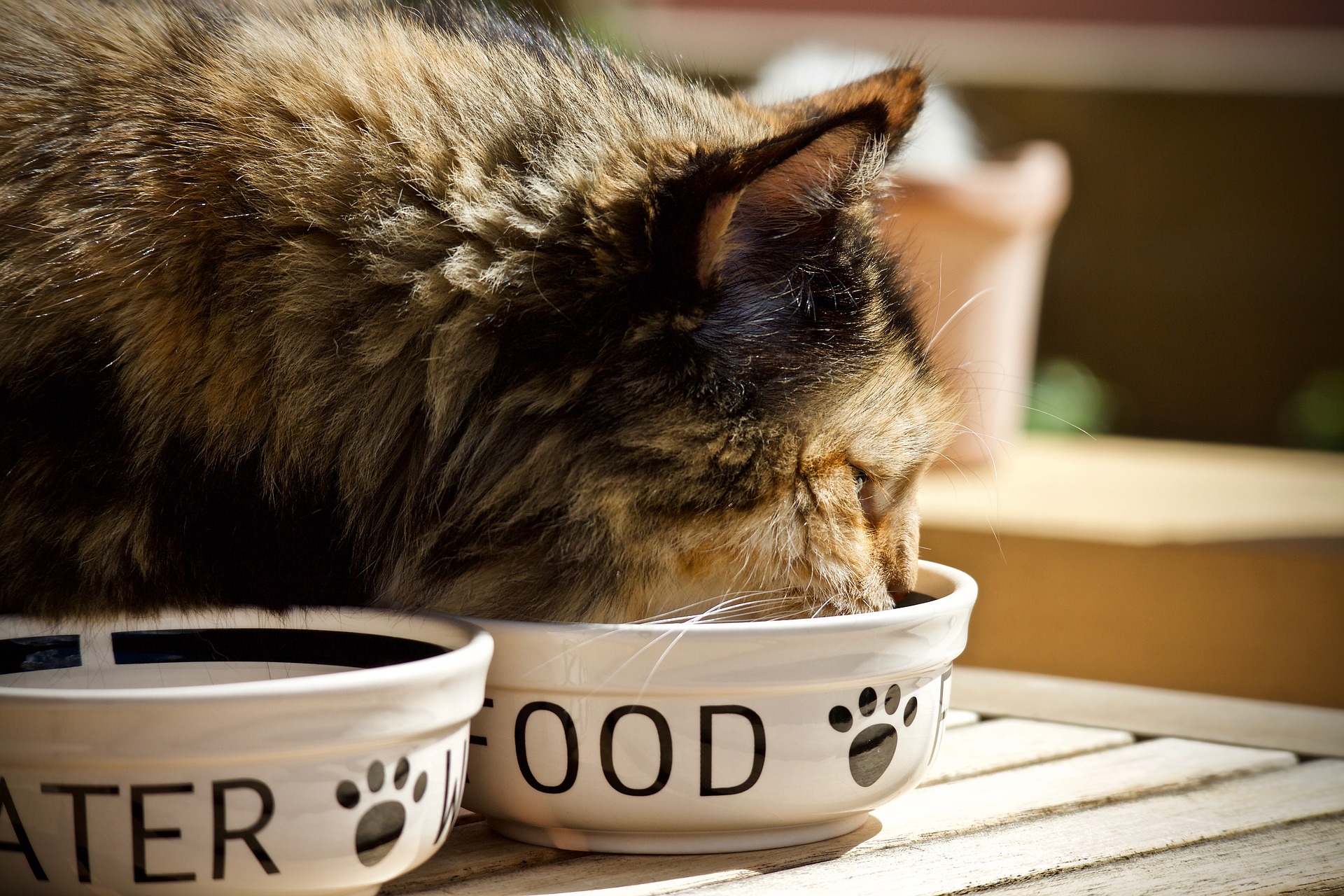Be aware of myths about ingredients used in pet food. As the voice of U.S. pet food makers, the Pet Food Institute (PFI) is committed to providing factual information about pet food and treats to help consumers make informed decisions when purchasing food for their dog or cat. When we see false claims that could cause pet lovers to worry needlessly about their pet food choices, it’s our responsibility to set the record straight.
In this edition of The Whole Bowl, we want to provide facts that debunk the most startling false claims often made about pet food.
PFI’s members make 98 percent of all U.S. pet food and treats. For us and for our members, pets are part of the family. We understand the careful thought pet lovers put into what they feed, and how they care for, their dogs and cats. As pet food makers, our members know they are responsible for providing the sole source of nutrition for most of America’s pets—they take the responsibility of producing safe, healthy pet food very seriously.
- Myth: Feeding dry pet food will “de-hydrate” your pet.
Fact: Dry pet food is one of many healthy, nutritious pet food options available. As we addressed in another blog post, pets need plenty of fresh drinking water, and pet food companies include hydration guidelines in feeding guidelines on pet food packages. Ensuring your pet is properly hydrated helps keep its body systems functioning normally and better able to absorb and digest the nutrients provided in pet food.
In addition, most commercial pet food recipes — wet, dry, fresh, limited-ingredient or raw-infused — are formulated to be “complete and balanced,” meaning they provide total nutrition for the life stage of your pets – more than 40 different nutrients in all. Each of these recipes include protein, fat, carbohydrates, vitamins and minerals, and certain amino acids.
- Myth: Carbohydrates are bad for pets.
Fact: Carbohydrates are beneficial to dogs and cats. Carbohydrates often get a bad rap, but carbohydrates actually provide your pet with quick energy that can help spare protein for use in supporting other bodily functions. Carbohydrates also can be a good source of fiber, which promotes gut health and motility. Certain sources of carbohydrates (such as corn) also provide essential nutrients such as protein, fat, fiber and vitamins.
Did You Know: Dogs, along with their human companions, became more adept at digesting carbohydrates about 5,000 years ago, once farming replaced hunting and gathering?
- Myth: Using unhealthy by-products in pet food is a cheap way for pet food companies to keep production costs low.
Fact: By-products are nutrient-rich ingredients. By-products are the animal- and plant-based ingredients produced during the processing of human food and provide key nutrients that your dog or cat requires. Some animal-based by-products may not seem appealing to us, but they are safe, nutrient-dense and flavorful for pets. However, if you choose to purchase pet food that does not contain animal-based by-products, there are many options on the shelf.
- Myth: No one regulates pet food.
Fact: As the sole source of nutrition for most dogs and cats, pet food is among the most highly regulated of all food categories in the United States. Commercially prepared pet food is well-studied and well-understood. Pet food companies are committed to food safety, and they invest millions of dollars to advance food quality and safety. In addition, they must also meet strict standards set by the U.S. Food & Drug Administration (FDA), U.S. Department of Agriculture and state regulators.
Did You Know: In order for an ingredient to be used in a commercial pet food recipe, it must either follow the FDA approval/review process or be recognized by the Association of American Feed Control Officials (AAFCO), which develops model regulations for state-level regulation of pet food? Claims that pet foods are made of low-quality fillers and “toxic” ingredients do not stand up to the facts.
- Myth: Commercial pet food causes allergies and seizures.
Fact: Just like people, some pets are predisposed to food allergies, or develop an allergy later in life. Less than 10% of pets are diagnosed with a food allergy. If you think that your pet is suffering from a food allergy, it is critical to take your pet to a veterinarian, who can help identify the environmental factor that may be bothering your pet. If your pet does have a food allergy, there are commercial pet foods available designed to help support pets with severe allergies to certain proteins and other food ingredients.
- Myth: The 2007 pet food melamine recalls are proof there is a problem with the pet food industry.
Fact: Recalls are a critical preventative step in the U.S. food safety system. Pet food makers conduct safety testing throughout the manufacturing process and, should they detect a potential issue, they can quickly remove a product from the market through a recall. PFI members support the Food Safety Modernization Act and cooperate with the U.S. FDA to ensure the safety of pet foods. A list of all FDA-regulated human and pet food recalls is available online.
The 2007 pet food recalls were the tragic result of intentional, criminal adulteration of safe ingredients used in human and pet foods (wheat gluten and rice protein) for economic gain. As soon as the adulterated ingredient was identified, pet food makers worked with FDA to ensure the affected products were recalled from the market. Pet food makers now test for a variety of substances, and work within their supply chains to confirm ingredient safety.
- Myth: Commercial pet food is the cause of rising prevalence of pet obesity.
Fact: Weight gain is the result of too many calories consumed and too few calories burned — no matter the food. It’s easy for pets to consume more calories than they need, just as people can. Pet owners need to closely monitor pets’ food intake and provide them with sufficient exercise. For this reason, pet food packages include feeding guidelines to help pet owners and their veterinarians determine the appropriate amount of food to give a cat or dog based on life-stage, activity level and other factors.
Don’t be fooled by what you may read, see or hear. Do your homework first. PFI and our members are continuously working to ensure you can be confident the food you give your pet is safe and nutritious to help your pet enjoy a long, healthy life. Providing sound nutrition and making regular visits to the vet are among the most important steps you can take to help your pet thrive. Want to learn more about U.S. pet food makers or how pet food is made? Visit other pages on our website at www.PetFoodInstitute.org.



